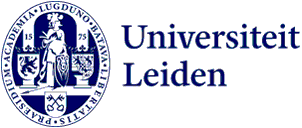
The face of the city: university buildings in Leiden
The university has been shaping the city of Leiden for 450 years. A brief history of the university buildings that have helped define the city.
The real estate marriage between Leiden and the university began shortly after the university opened its doors in 1575, although there were few students at the time. The first academy building was a converted convent on the corner of Rapenburg and Begijnhof with the university moving to the Academy Building in 1581.
The greatest building boom took place in the 19th century. The Begijnhof Chapel was extended to what is now the Oude UB (Rapenburg 70) and the current Kamerlingh Onnes building and the Leiden Observatory opened in 1859. The university also expanded beyond the old city centre, with labs, including a zoological lab (1876), being established in the Vreewijk district.
Medical science was responsible for striking new projects including the academic hospital at Morspoort, now the home of Wereldmuseum Leiden, and, in the 1920s and 1930s, the Alrijne Ziekenhuis Leiden branch at Leiden central station. These buildings were replaced in the 1990s by a single building: the current LUMC. With a bit of imagination, you could call this the beginning of the Bio Science Park.
The Lipsuis complex was built in the 1970s, with ‘Cluster Zuid’ across the canal, home to the current University Library. And the Herta Mohr building opened there in October 2024. A light, open and green design bringing together seven buildings and two courtyards – and Leiden University’s first building named after a woman.
Anniversary edition of Leidraad alumni magazine
To celebrate the university’s 450th anniversary, Leidraad alumni magazine dived into the university’s history. In 45 key moments, milestones and highlights, the magazine details how the university developed over more than four centuries. This article can also be found in the anniversary edition (in Dutch), which is now online.
Photo: the new Herta Mohr building.
